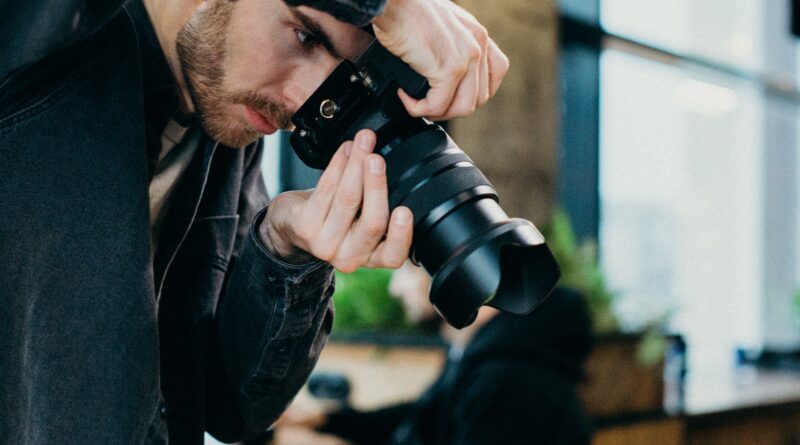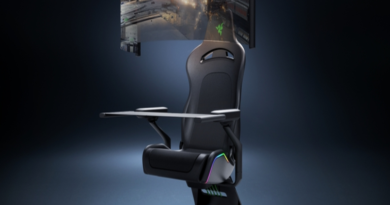The Expert Guide to Choosing the Best Camera for Your Photography Needs
Are you a budding photographer, or maybe just looking to upgrade your current camera? Choosing the best camera to meet your photography needs can be overwhelming, especially with the abundance of options available on the market today. To help make the decision-making process a little easier, this guide will break down everything you need to know about selecting the best camera for your photography needs.
Understanding Different Camera Types
When it comes to choosing a camera, the first thing you should consider is the type of camera you want. There are three main types of cameras you can choose from:
DSLR (Digital Single Lens Reflex) Cameras:
These cameras are the most traditional and popular type of camera among professional photographers. They feature a mirror that reflects light into an optical viewfinder, giving you a clear, real-time view of your subject.
Mirrorless Cameras:
These cameras do not have a mirror, so the light goes directly to the camera’s sensor. They are typically more compact and lightweight than DSLRs and are a popular choice for travel and street photography.
Point-and-Shoot Cameras:
These cameras are designed for easy, automatic use and are often used for casual snapshots. They are typically compact, lightweight, and affordable, but may not offer the advanced features of DSLRs or mirrorless cameras.
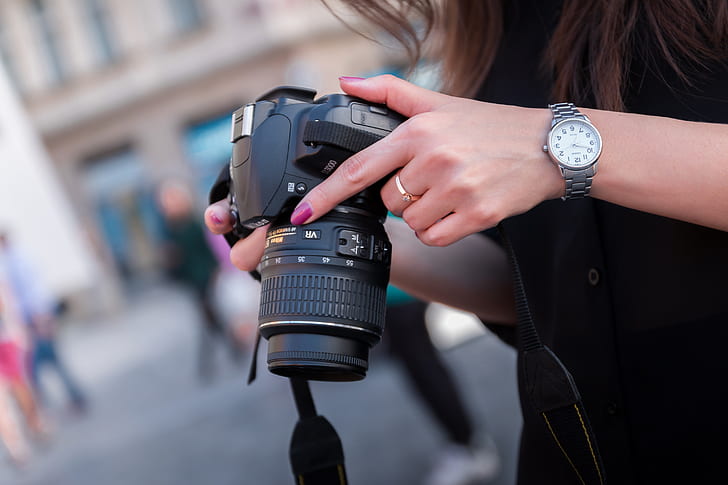
Camera Sensor Size
The size of a camera’s sensor determines the amount of light it can capture and how much detail it can resolve. Larger sensors typically perform better in low-light situations and offer better image quality overall.
Full-Frame Sensors:
These sensors are the largest and most expensive, found in high-end DSLRs and mirrorless cameras. They offer the best image quality and low-light performance.
APS-C Sensors:
These sensors are smaller and less expensive than full-frame sensors. They are found in many mid-range DSLRs and mirrorless cameras and offer a good balance of image quality and affordability.
Micro Four Thirds Sensors:
These sensors are smaller than APS-C sensors and are typically found in smaller mirrorless cameras. They offer good image quality and compact size, making them popular for travel photography.
Megapixels and Image Resolution
Megapixels refer to the number of pixels (dots) in an image. More megapixels can offer higher resolution and more detail, but it’s not the only factor that determines image quality.
12-24 Megapixels:
This range is suitable for most casual photographers and produces high-quality images suitable for sharing on social media and printing up to 8×10 inches.
24-36 Megapixels:
This range is suitable for professional photographers and those who want to print larger photos or crop images without losing detail.
36+ Megapixels:
This range is typically found in high-end cameras and is best for commercial photography, large-format printing, and extreme cropping.
ISO Sensitivity
ISO sensitivity refers to a camera’s ability to capture images in low-light situations. Higher ISO settings can produce brighter images in low light, but they also introduce more noise (graininess) into the image.
- 100-400 ISO: Suitable for bright daylight and well-lit indoor environments
Lens Compatibility
The lens you use with your camera is as important as the body itself. Different lenses offer different focal lengths, apertures, and optical characteristics, which can greatly affect the look and quality of your photos. When choosing a camera, it’s important to consider its lens system and the availability of compatible lenses.
DSLRs:
DSLRs typically use lenses with a mount specific to the camera brand, such as Canon or Nikon. These lenses offer a wide range of focal lengths and apertures, from wide-angle to telephoto, and allow for interchangeable lenses.
Mirrorless Cameras:
Mirrorless cameras use lenses with a mount specific to the camera brand, such as Sony or Fujifilm. Like DSLR lenses, mirrorless lenses are interchangeable and offer a wide range of focal lengths and apertures.
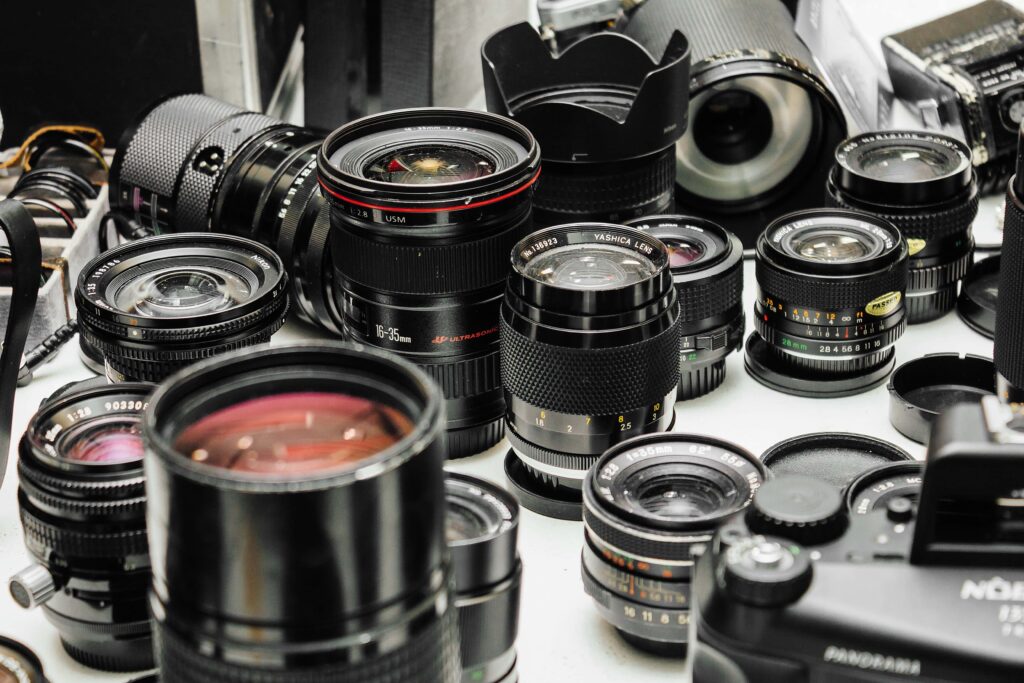
Image Stabilization
Image stabilization is a function that reduces blurring in photos caused by camera shake. Mainly he has two types of image stabilization :
In-Camera Stabilization:
This type of stabilization is built into the camera body and applies to all lenses used with the camera. It’s a good option for those who use older or third-party lenses that don’t have built-in stabilization.
Lens-Based Stabilization:
This type of stabilization is built into the lens itself and is typically found in high-end lenses. It’s a good option for those who want the best possible image stabilization performance.
Autofocus System
Autofocus is a feature that helps your camera focus on your subject automatically. Different cameras offer different autofocus systems, with varying levels of speed, accuracy, and tracking capabilities.
DSLRs:
DSLRs typically offer more advanced autofocus systems, with more focus points and better tracking performance.
Mirrorless Cameras:
Mirrorless cameras have been catching up to DSLRs in terms of autofocus performance, with some models offering advanced features like eye detection and real-time tracking.
Shooting Modes and Features
Different cameras offer different shooting modes and features, such as manual mode, aperture priority, shutter priority, and more. It’s important to consider what shooting modes and features you need for your photography style and how easily accessible they are on the camera.
Video Capabilities
If you plan to shoot video with your camera, it’s important to consider its video capabilities. Some cameras offer 4K video, slow-motion video, and other advanced features, while others may only offer basic video capabilities.
Battery Life and Storage Options
Battery life and storage options are important factors to consider when choosing a camera. Some cameras offer longer battery life than others, while some may require more frequent battery changes or use proprietary battery systems. It’s also important to consider the camera’s storage options, such as whether it uses SD cards or other formats.
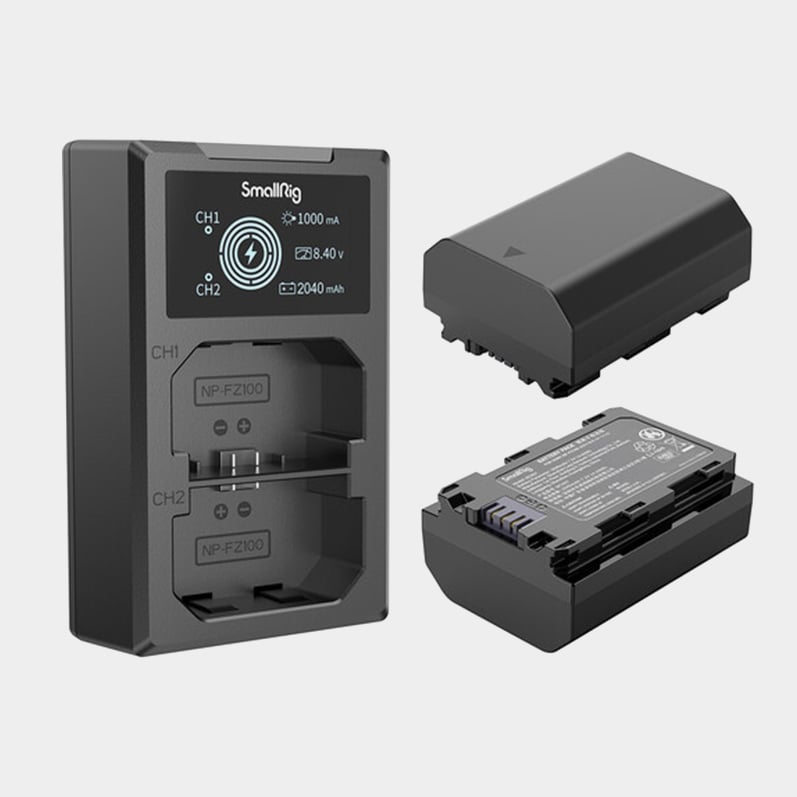
Size and Weight
The size and weight of your camera can greatly affect its portability and ease of use. DSLRs are typically larger and heavier than mirrorless cameras, while point-and-shoot cameras are the most compact and lightweight.
Budget Considerations
Cameras can range in price from a few hundred dollars to several thousand, depending on their features and capabilities. It’s important to consider your budget when choosing a camera and to prioritize the features that are most important to you.
Brand and System Considerations
Different camera brands and systems offer different pros and cons, such as lens compatibility, image quality, and user interface. It’s important to do research and read reviews to determine which brand and system is right for you.
Reading Reviews and Doing Research
Reading reviews and doing research is an important step in choosing the best camera for your photography needs. By reading reviews and doing research, you can get a better understanding of a camera’s features, performance, and overall quality. Some popular websites for camera reviews include DPReview, Imaging Resource, and TechRadar.
Conclusion
Choosing the best camera for your photography needs can be a daunting task, but by considering the factors outlined in this guide, you can make an informed decision. Remember to consider factors such as sensor size, image quality, lens compatibility, image stabilization, autofocus, shooting modes and features, video capabilities, battery life and storage options, size and weight, budget considerations, and brand and system considerations.
By carefully weighing these factors and doing your research, you can find the camera that’s perfect for your photography style and needs.
